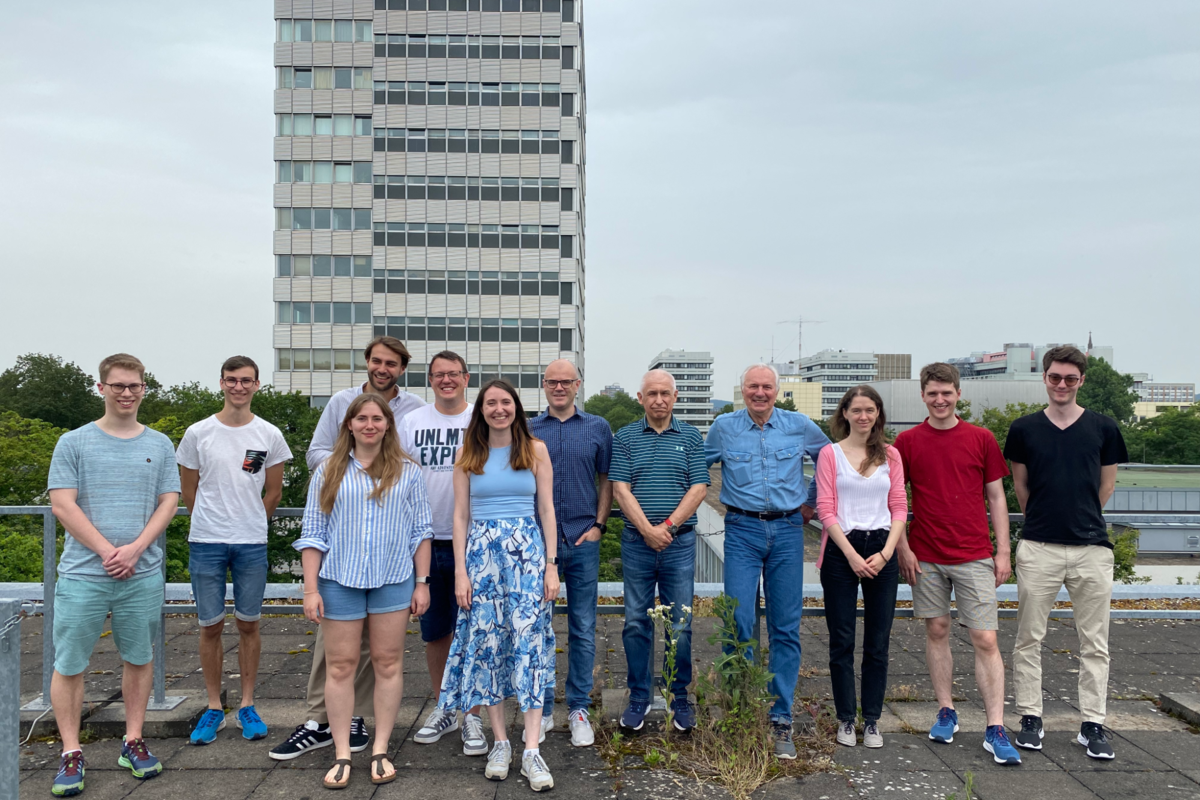Artificial Intelligence for real-time decision making
Scientists from the Max Planck Institute for Physics (MPP) and the Karlsruhe Institute of Technology (KIT) met in Karlsruhe to discuss the latest results and future upgrades of the FPGA-based real-time algorithms for the Belle II experiment. The Belle II experiment, which is being conducted at the SuperKEKB accelerator in Tsukuba, Japan, aims, among other things, to generate dark matter in particle collisions and then indirectly detect it as missing energy. FPGA (Field-Programmable Gate Array) technology plays a crucial role here, as it provides a flexible and efficient platform for implementing powerful triggers. Triggers are responsible for processing the enormous amounts of data generated in the Belle II experiment in real time and identifying important physical events.
Under the leadership of Prof. Torben Ferber (ETP), the Belle II experiment is already operating a track trigger that uses neural networks to determine the origin of particle tracks in less than a microsecond. This allows background rates to be greatly reduced. This week, the participants of the meeting discussed the performance of this trigger so far, but also discussed how to deal with even higher collision rates. In addition to the presentation of current research results, the planning of future upgrades was also on the agenda. These upgrades are intended to further increase the efficiency and precision of data acquisition and thus increase the chances of success of the Belle II experiment. To this end, the ETP is developing so-called graph neural networks that can reconstruct both tracks and calorimeter clusters. A first prototype should be ready for use on FPGAs before the start of data collection in autumn 2024. The collaboration between the two research institutes, the MPI and KIT, has made a significant contribution to the use of these technologies.


